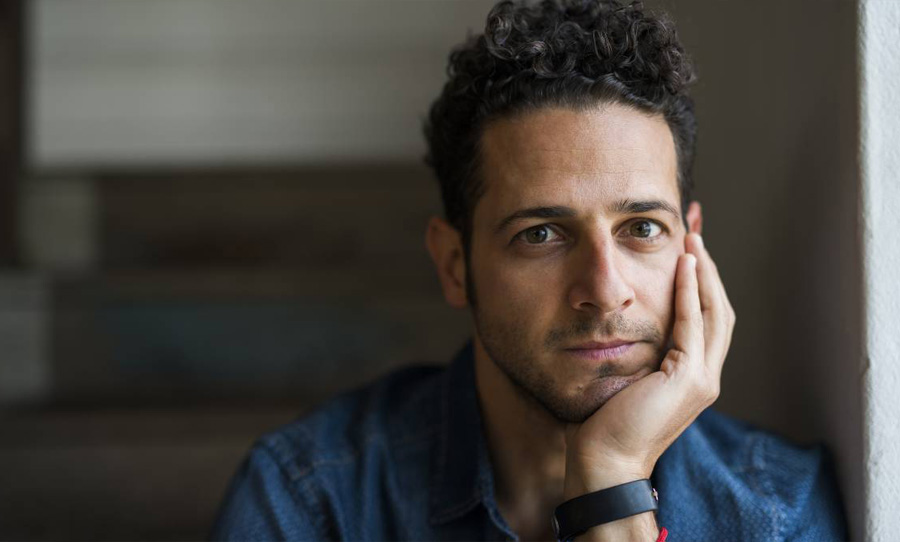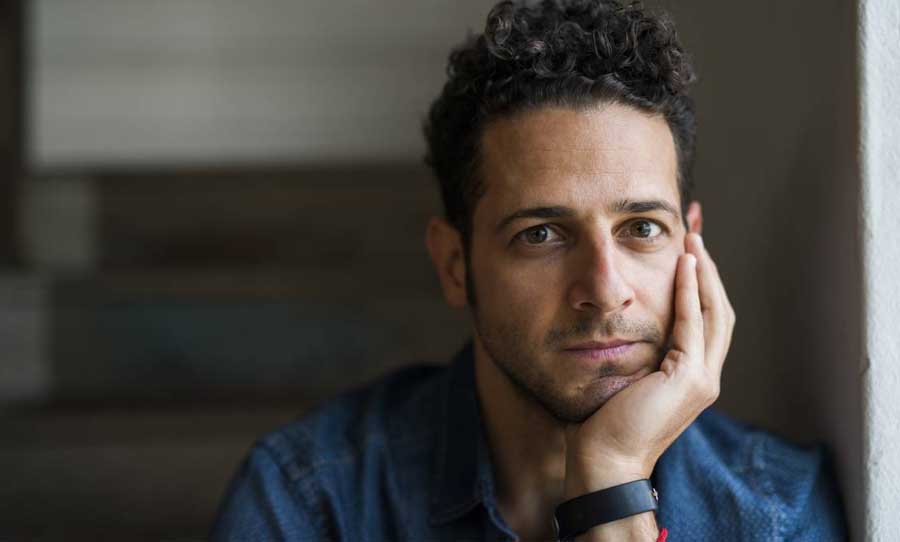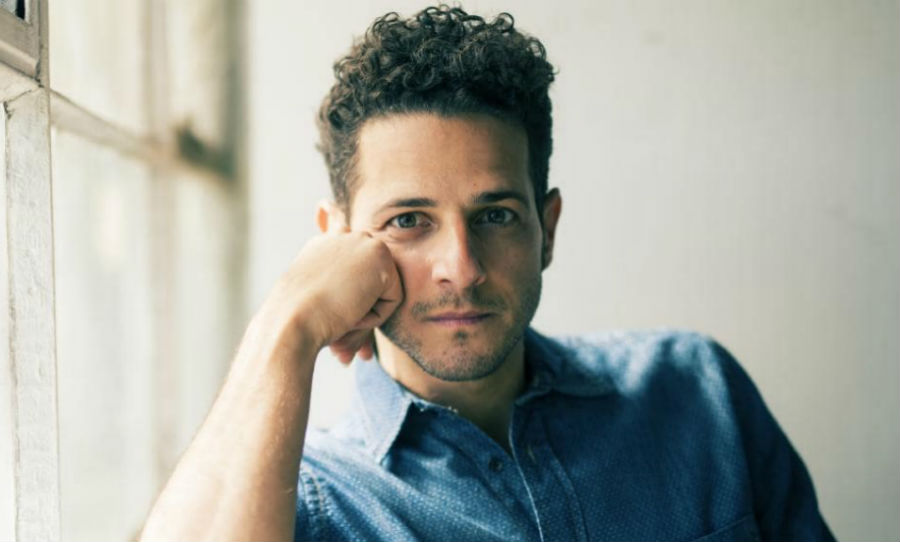Lior, a songwriter and performer with over 13 years experience under his belt, will soon be undertaking a very special show with some very special people.
Teaming up with the Momentum Ensemble, a division of the Australian Youth Orchestra’s brightest young musicians, Lior has curated a career-spanning setlist with a full symphonic backing band.
It’s a once-in-lifetime event any fan would be silly to miss, and it’s coming up real soon. Before he checks into that show, we caught up for a chat.

Before he returns to Sydney for a one-off performance with Australian Youth Orchestra’s Momentum Ensemble, we find out what Lior has been up to of late.
HAPPY: Hey, how’s it going? What are you up to at the moment?
LIOR: Things are going very well with the tour. The new album Between You and Me is garnering a great response and it’s always an enjoyable stage of the process when you go out and meet the people who have made a connection with the songs.
HAPPY: Your music draws a lot of attention for its Middle Eastern and Hebrew influences, and your collaboration with Nigel Westlake features original melodies and orchestrations set to ancient Hebrew and Arabic texts. What’s the connection between yourself and that part of the world?
LIOR: I was born in Israel and spent the first ten years of my life there, so there is obviously a strong identity connection. Musically speaking, it is such an interesting melting pot of East meets West. I remember hearing Top 40 Pop music side by side with Egyptian film soundtracks, so perhaps the boundaries of how we tend to differentiate ‘Eastern’ and ‘Western’ music here, were more blurred for me as a kid. When I started singing I found a lot of vocal stylings and inflexions came quite naturally to me and I would be inclined to sing in a hybrid sort of style which reflected the early influences.
HAPPY: You aren’t new to collaborations, especially orchestral collaborations. What made you want to work alongside the Australian Youth Orchestra?
LIOR: I performed Compassion together with the AYO and Nigel Westlake last year and was struck not just by how great the musicianship was, but also by the passion and enthusiasm these young musicians brought, which is the difference between giving just a good performance or a truly moving one. The decision to embark on a performance of orchestrations to my original singer songwriter material flowed from both of us wanting to perform together again given we had such a positive experience the first time around.
HAPPY: Having worked alongside the AYO, what do you think of the future of Australian music?
LIOR: Australian Music is a very broad term…but given the calibre of musicianship Nigel and I experienced during the performances of Compassion last year, it seems to me like there is a very talented generation of classical musicians coming up. As for the realities of viability… well… that seems to be an ongoing challenge.
HAPPY: This Old Love is one of the most requested songs on triple j. Do you ever get sick of hearing or playing it?
LIOR: I only finish writing and record a song if I feel truly connected with it and love the lyric and music. Because my songs represent something real in my life, I don’t tire of performing them because it is like revisiting a memory, or a person, and every time you perform it you look at it in a slightly different way or focus on a specific section and its meaning. Further to that, the way the audience connects and responds to it is always different. No two waves are the same.
HAPPY: You’re known to play both theatre shows and intimate gigs. Which do you prefer? Or are they too different to even compare?
LIOR: I love them both for different reasons, and I make sure to switch them up before either get too comfortable or predictable. That can be said for all aspects of artistry. You need to constantly step out of something if it is getting too familiar.
HAPPY: How did you curate the track list for Leaving the Western Shadows?
LIOR: It was tough. I must say however, it is nice to have the luxury of choice being six albums in. It was a combination of choosing what I thought were the best orchestrations so that the AYO can be fully utilised, but also trying to get a good flow in the set both in terms of dynamic and conceptual variation.
HAPPY: One of your biggest and most unconventional hits is the closing song from Giggle and Hoot. Do you approach commissioned tracks differently than you would your own?
LIOR: The lyric is the biggest factor for me. When a lyric is personal, it takes a whole different level of meaning. I don’t do many commissioned tracks but if I do, I find it a lot easier to write when there is an existing lyric or concept to write to. I always have a lot more music floating around than words, so finding a home for the music somewhere outside of my own songs is enjoyable. Having said that, I only really take on a commission if I am drawn to the concept behind it. At the time I was approached to write Hoot’s Lullaby, my kids were very little so I was in the right time and place to do so.
HAPPY: Your swag of accolades is very impressive! Does feedback, positive or negative, impact your work? Do you ever read reviews of your music or stage shows?
LIOR: I never read reviews. If they are good, you run the risk of believing your own hype. If they are bad, they can stick with you and can bring about counterproductive negativity. I get my feedback from a close inner circle that I trust and who I know will be honest. That is how I stay connected and get genuine feedback so I can get better. Hearing every random voice out there and what they have to say about you, each with their own set of tastes, biases and even agendas is a dangerous thing to do yourself as an artist.
Catch Lior and the Australian Youth Orchestra’s Momentum Ensemble performing Leaving the Western Shadows at Sydney’s Seymour Centre on December 13, 2018.
Tickets are available via the Seymour Centre’s website.


